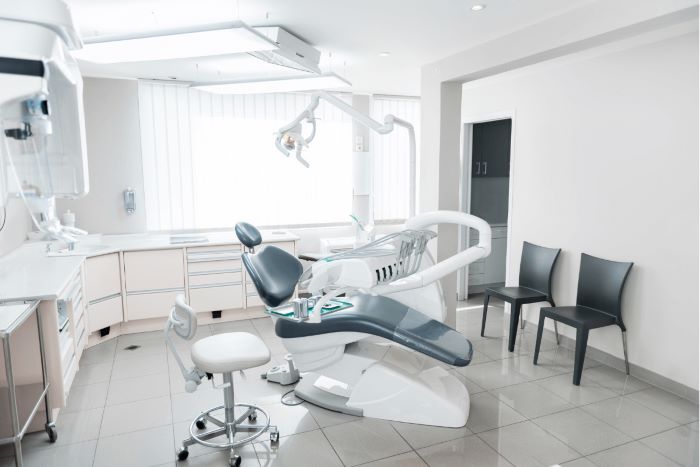Regular maintenance of dental equipment is essential to ensure optimal functionality, reliability, and safety in a dental practice. Implementing a proactive maintenance program minimizes downtime and repair costs, extends the lifespan of equipment, enhances clinical outcomes, and promotes a safe working environment. This article outlines key steps and considerations for setting up a comprehensive maintenance scheme for dental equipment.
Assessment of Equipment Inventory:
Begin by thoroughly assessing your dental equipment inventory to identify all the devices and instruments requiring maintenance. Categorize equipment based on criticality, frequency of use, and manufacturer recommendations. Include dental chairs, X-ray machines, sterilizers, handpieces, curing lights, suction units, and other essential devices in your maintenance plan.
Establishment of Maintenance Protocols:
Develop detailed maintenance protocols for each category of dental equipment based on manufacturer guidelines, industry best practices, and regulatory requirements. Specify maintenance tasks, intervals, and responsibilities for equipment inspection, cleaning, lubrication, calibration, and performance testing. Document these protocols in a maintenance manual or digital system accessible to all relevant personnel.
Creation of a Maintenance Schedule:
Create a comprehensive maintenance schedule outlining planned maintenance activities for each piece of dental equipment. Schedule routine inspections, preventive maintenance tasks like dental compressor servicing, and calibration checks at regular intervals, taking into account equipment usage, manufacturer recommendations, and regulatory requirements. Utilize digital calendar systems or maintenance management software to schedule and track maintenance activities efficiently.
Identification of Qualified Service Providers:
Identify qualified service providers or technicians with expertise in dental equipment maintenance and repair. Ensure that service providers are certified, trained, and authorized by equipment manufacturers to perform maintenance tasks and repairs. Establish service contracts or agreements with reputable vendors to ensure timely response, quality service, and adherence to warranty requirements.
Training of Staff:
Provide comprehensive training to dental staff responsible for equipment operation, maintenance, and troubleshooting. Educate staff on proper equipment usage, care, and handling procedures to prevent premature wear and damage. Conduct regular training sessions to update staff on maintenance protocols, safety guidelines, and emerging technologies related to dental equipment.
Implementation of Documentation and Recordkeeping:
Implement a robust documentation and recordkeeping system to track maintenance activities, equipment history, and compliance with regulatory requirements. Maintain detailed records of maintenance performed, including dates, tasks completed, parts replaced, and technician signatures. Utilize digital maintenance management software or paper-based logs to record and archive maintenance data for auditing purposes.
Integration of Quality Assurance Measures:
Integrate quality assurance measures into your maintenance program to ensure consistency, accuracy, and effectiveness. Establish performance metrics, benchmarks, and key performance indicators (KPIs) to evaluate the efficiency and reliability of maintenance activities. Conduct regular audits, inspections, and performance assessments to identify areas for improvement and optimize maintenance processes.
Continuous Improvement and Feedback Mechanisms:
Promote a culture of continuous improvement by soliciting feedback from staff, clinicians, and technicians regarding equipment performance and maintenance practices. Encourage open communication, suggestions, and problem-solving to address issues promptly and enhance the effectiveness of the maintenance program. Implement feedback mechanisms such as surveys, suggestion boxes, or regular meetings to gather input and drive continuous improvement initiatives.
Conclusion:
A well-designed maintenance program is essential for ensuring the longevity, reliability, and safety of dental equipment in a practice setting. By assessing equipment inventory, establishing maintenance protocols, creating a maintenance schedule, identifying qualified service providers, training staff, implementing documentation and recordkeeping systems, integrating quality assurance measures, and fostering continuous improvement, dental practices can establish a sustainable maintenance scheme that optimizes equipment performance and supports high-quality patient care.


